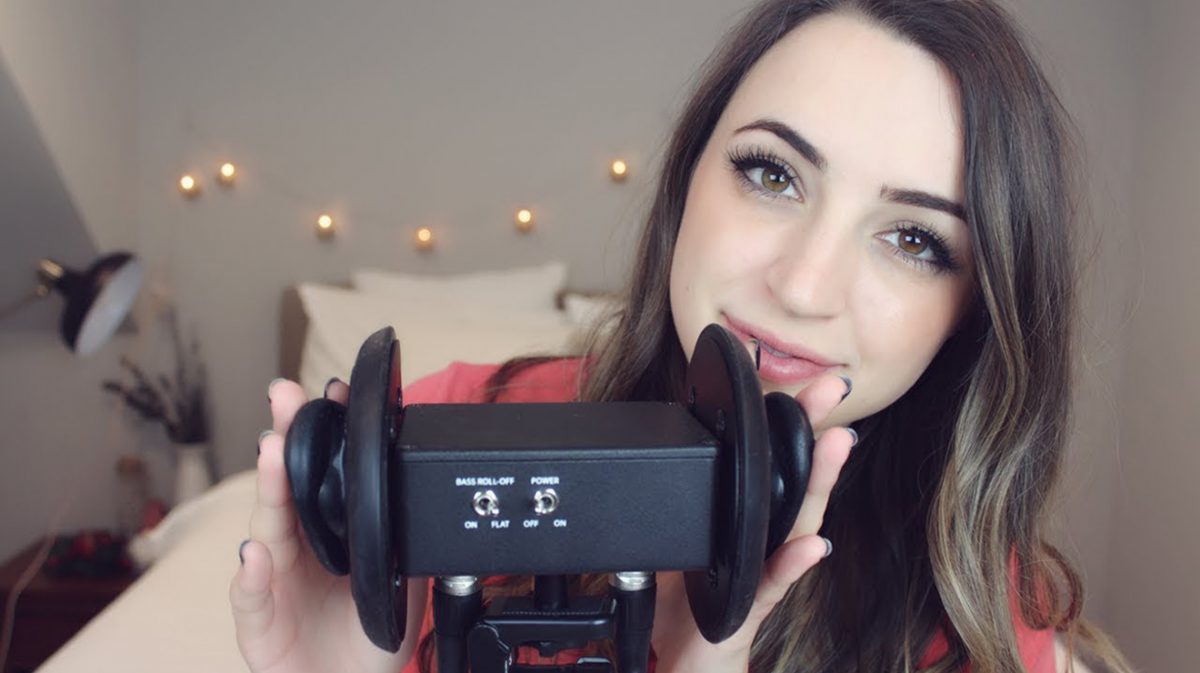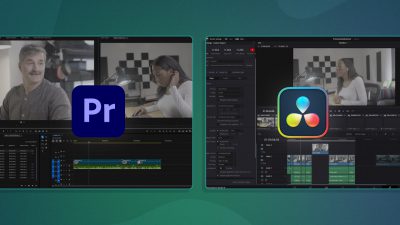Sometimes inspiration for great videos comes from places you’d least expect. In this post, we’re looking at some unconventional—yet surprisingly popular—models of engaging video. In our analysis, we extrapolated what makes these videos effective, despite being more than a little odd. Keep reading, and you’ll see what we mean.
Televangelist TV
We’ve all seen it: theatrical, over-the-top television “church,” where a lady with really big hair and a guy with a deep and sonorous voice preach enthusiastically, deliver life lessons, and take donations via a toll-free number. Televangelism has been around for a long time, doing the same sort of thing it always has, which suggests that there is a stable audience of people to whom this formula definitely appeals. If you have somehow escaped their reach, John Oliver recently did a great bit on televangelism (and donated lots of money to Doctors Without Borders through his church, Our Lady of Perpetual Exemption!).
Why it works: Reliability. If you’re awake and questioning your life choices at 4 am, you know you can find a TV preacher on somewhere, telling you it’s all going to be fine.
The takeaway: Release videos on a reliable, consistent schedule.
ASMR Videos
These videos have only come into mainstream awareness recently, possibly thanks to the podcast This American Life looking into what ASMR—or Autonomous Sensory Meridian Response—is in an episode. In a nutshell, ASMR causes people to get “brain tingles” from various triggers, and now there’s a host of videos dedicated to triggering that response (called, not surprisingly, ASMR videos). They tend to use a lot of whispering and fingernail-tapping.
Why it works: ASMR is to video what gorgeous food is to Instagram—it just works well together. On the most basic level, video can give the audiovisual experience that makes ASMR folk all tingly. Then, because online video is social, it allows people with ASMR to connect to a larger community of people who similarly love these videos.
The takeaway: Focus your videos on the needs of the particular niche you want to reach.
Eyebrow Threading Videos
Maybe this is a New York thing, but in the front windows of eyebrow-threading salons, there will often be a giant screen showing a video of the eyebrow-threading process. And it’s weirdly mesmerizing.
Why it works: Because the video is being shown to passersby, there’s no doubt that lots of people get locked into watching, even just for a few seconds, and the idea almost subconsciously registers in your mind. After a few times passing that salon, you realize it would be pretty convenient to stop in sometime. They say it takes three sightings of a brand to make an impression; imagine how many walk-ins these salons must get!
The takeaway: Put your video right in the path of the people you want to reach, whether online or out on the street. And keep putting it there.
“Haul” Videos
Haul videos are so strange, and so popular with a certain crowd. Basically, a haul video is a video of someone, right after a veritable shopping binge, showing you everything they bought, item by item. Here’s an example. This is how internet sensation Zoella got famous—so it’s definitely a thing.
Why it works: In one sense, these videos have a practical purpose: they’re product reviews. Also, because they tend to be fashion-focused, they can give a bit of an overview of what’s cool or fashionable at the moment. But, practical issues aside, I think these videos serve a deeper and more primal purpose than that: the need to show off what we bought.
The takeaway: Offer practical value, while triggering aspirational emotions.
Bob Ross
Bob Ross was an artist in the ‘80s who was known for his rather sedate—but always warm and positive—televised painting lessons. In each show, Bob paints a single picture, which takes him exactly 27 minutes without fail. While doing so he tells you about the techniques he’s using, and also says things like “Let’s use the yellow ochre and paint some happy little trees right in here….”
Why it works: For some reason, I really loved this show as a kid in the 80s, and here’s why: Bob Ross just seems like a really, really nice man. The kind of person who is not only willing to patiently teach you to paint, but also likes trees and thinks of them almost as people. And is gloriously unashamed of his huge, huge hair.
The takeaway: The star of your video should be truly likeable.
Unlikely Animal Friends
If you have ever been on the internet, you have doubtlessly come across videos which detail the friendships of unlikely pairs of animals: a deer that thinks a dog is its baby, a gorilla who is best friends with a kitten, or a cat and an owl that are BFFs. There is often no clear narrative arc to these videos—they just show unlikely animal friends.
Why it works: These videos are simultaneously the Spam and the Caviar of the video universe. On one hand, they’re so sickly sweet and full of preservatives that we feel guilty just for clicking. On the other, all that guilt is forgotten by the end of the video, because the animals are adorable, and these amazing friendships fill us with a sense of hope for all creatures great and small.
The takeaway: Have a positive message.
Do you have a weird or quirky video trend you think should be added to the list? Let us know via Twitter or leave a comment!








